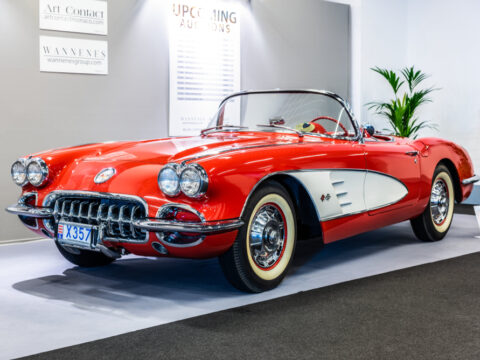Space stations are evolving beyond the traditional designs we’ve seen over the years. New advancements are paving the way for stations that could transform how humans live and work in orbit. These innovations aim to improve sustainability, comfort, and accessibility, potentially opening space to more people than ever before.
Contents
International Space Station (ISS)
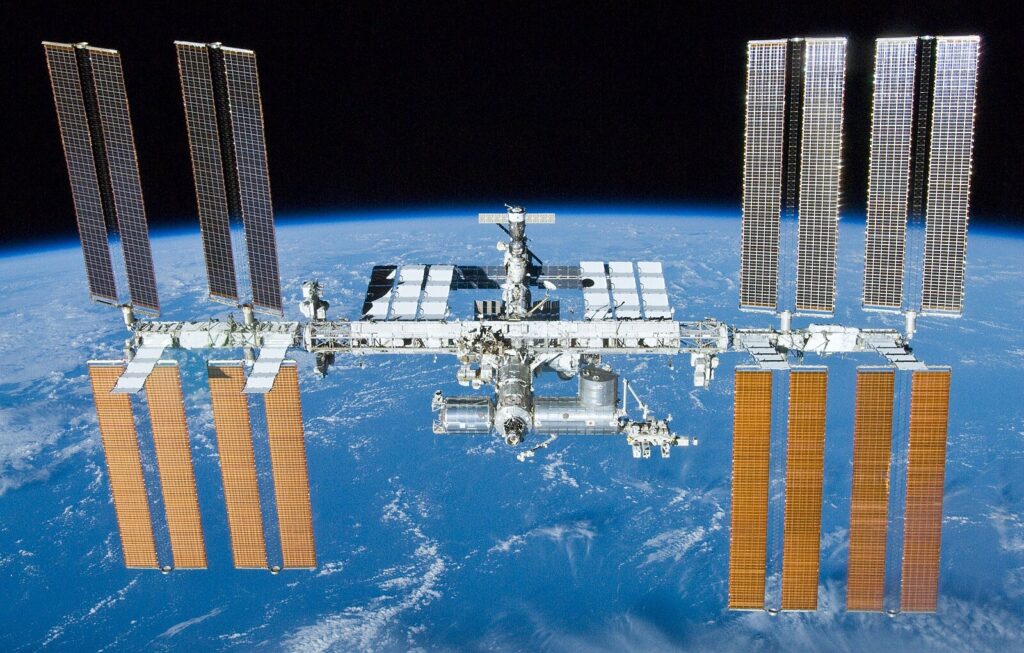
The ISS is the most well-known space station, launched in 1998, and represents a global collaboration involving NASA, Roscosmos, JAXA, ESA, and CSA. It revolutionized space exploration by becoming a continuous human presence in space, serving as a research hub for over two decades. The ISS enables groundbreaking studies in microgravity, leading to discoveries that improve medicine, materials science, and technology on Earth. Its modular design has allowed expansion and long-term habitation, setting the stage for future space habitats. Pioneers like Bill Shepherd and Yuri Gidzenko led the first crew, marking an era of sustained orbital living.
Tiangong Space Station
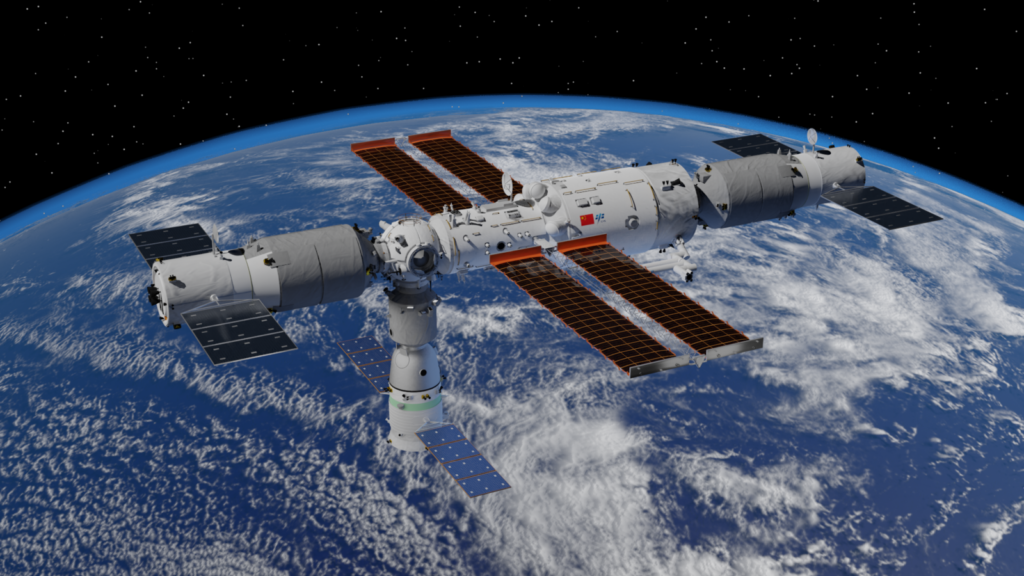
China’s Tiangong Space Station, launched in 2021, is part of China’s ambitious plan to dominate low-Earth orbit. Managed by the China National Space Administration (CNSA), this modular space station is expected to operate for over a decade, conducting experiments in biology, physics, and materials science in microgravity. Tiangong is revolutionary in its independence from international collaboration, showcasing China’s growing capabilities. Chinese astronauts, or taikonauts, such as Nie Haisheng, have led missions to Tiangong, contributing to advancements in space medicine and technology while signaling China’s future plans in space exploration.
Lunar Gateway

The Lunar Gateway, part of NASA’s Artemis program, aims to redefine human space exploration by establishing a permanent station orbiting the Moon. Planned for launch in the 2020s, the Gateway will act as a waystation for deep space missions, including crewed landings on the Moon and Mars. This modular station, built in collaboration with international partners like ESA and JAXA, will support long-term habitation and provide a platform for scientific studies beyond Earth’s orbit. It represents humanity’s return to the Moon and the next step toward Mars colonization.
Axiom Space Station
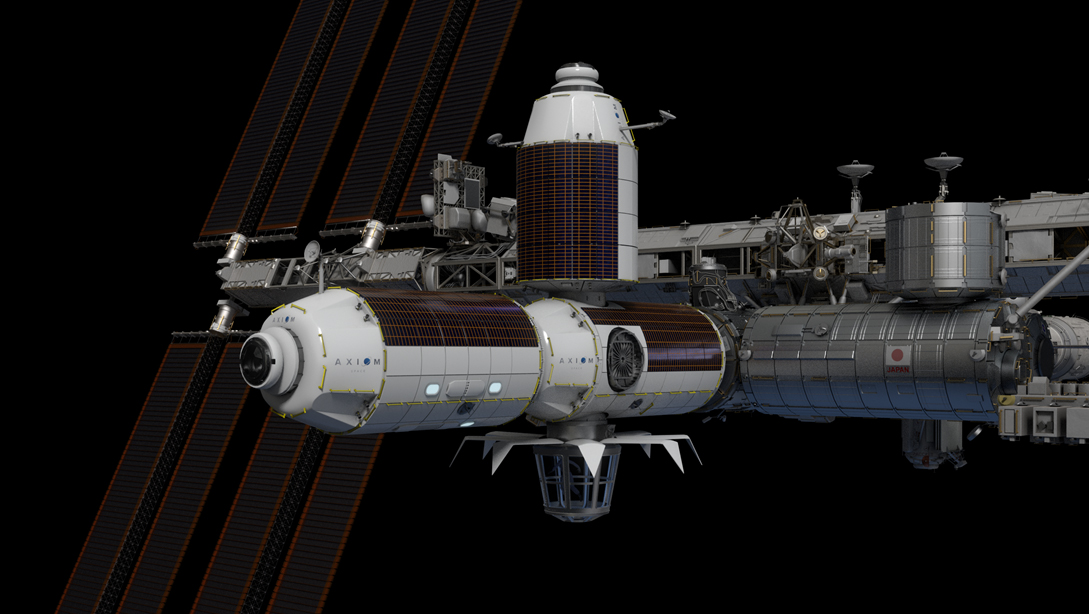
Set to be the first commercial space station, the Axiom Space Station, spearheaded by Axiom Space, is slated to launch its first modules in the mid-2020s. Built in collaboration with NASA, Axiom’s modules will initially dock with the ISS before detaching into an independent station. This fully private venture opens new frontiers in space tourism, commercial research, and manufacturing. With plans for luxury space accommodations and research facilities, Axiom could revolutionize the space economy, enabling private industries and individuals to operate in orbit more affordably and efficiently.
Skylab

NASA’s Skylab, launched in 1973, was the United States’ first space station and a major leap in orbital science. Its three crewed missions, led by astronauts like Pete Conrad and Alan Bean, conducted extensive studies on solar physics, Earth observations, and human adaptation to long-term spaceflight. Skylab laid the foundation for modern space station design, particularly with its large living space and integrated research labs. Though it re-entered Earth’s atmosphere in 1979, its legacy lives on through lessons learned in space habitation and research.
Mir Space Station
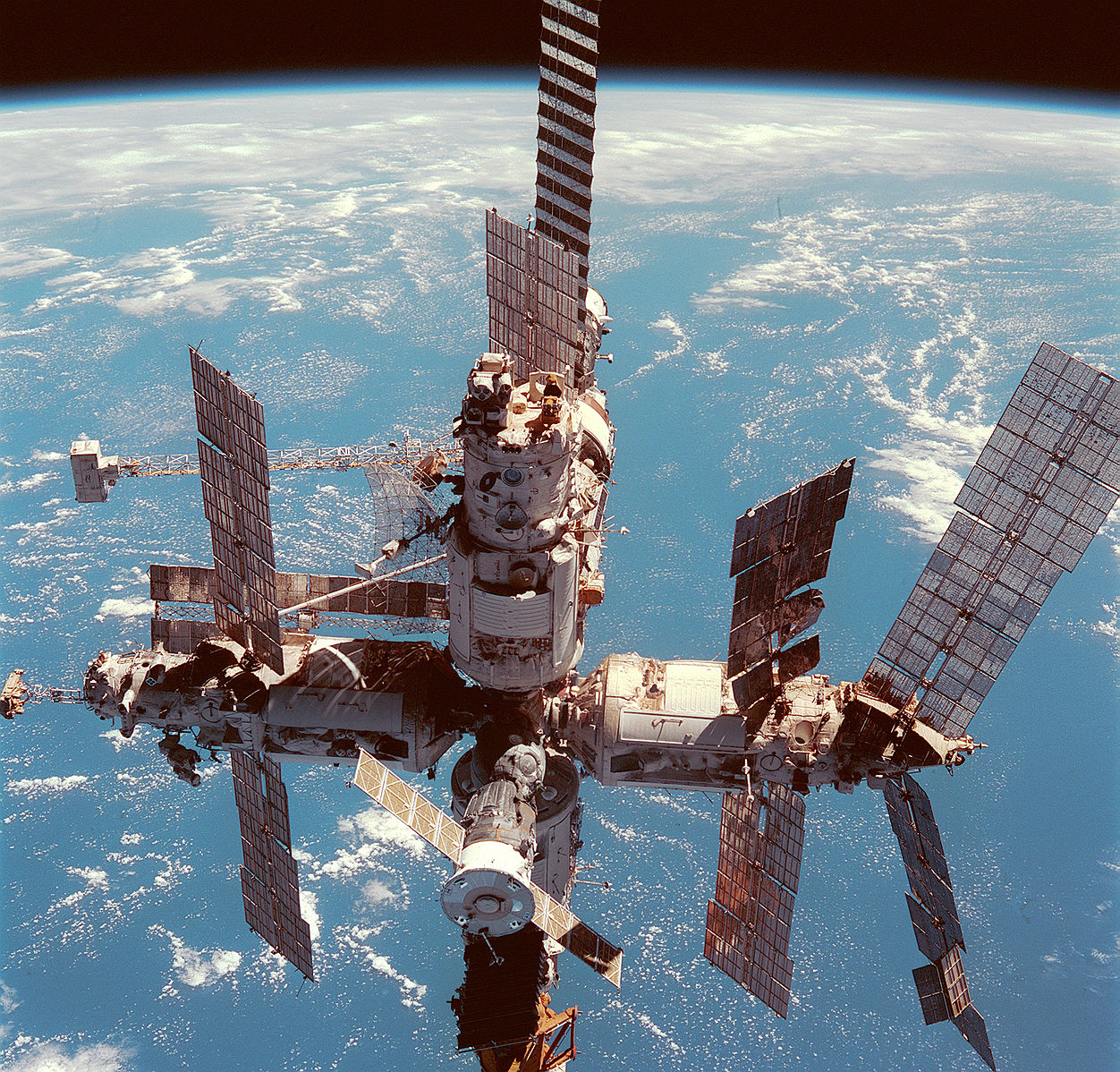
Launched by the Soviet Union in 1986, Mir was the first modular space station and held the record for the longest continuous human presence in space until 2001. Mir’s ability to expand and incorporate international modules was revolutionary, allowing cosmonauts and astronauts from various countries to conduct joint missions. It became a platform for important experiments in medicine, biology, and Earth science. With the leadership of cosmonauts like Sergei Krikalev, Mir set new standards for international collaboration and long-term space missions, influencing the development of the ISS.
SpaceX Starship in Orbit

SpaceX’s Starship, primarily designed for interplanetary missions, could serve as a revolutionary orbital space station for extended missions. Its ability to carry large crews and cargo, combined with full reusability, could dramatically lower the cost of orbital infrastructure. Starship is spearheaded by Elon Musk, who envisions it as the key to Mars colonization. With the potential to act as a space station or a transit hub between Earth and the Moon or Mars, Starship could redefine how we think about space stations and long-term missions.
Boeing CST-100 Starliner

While not a space station in itself, Boeing’s CST-100 Starliner, developed under NASA’s Commercial Crew Program, is crucial for the future of orbital stations. Its role in ferrying astronauts to and from the ISS and future space stations ensures sustainable human presence in space. The Starliner’s reusable design, safety features, and partnership with NASA allow for cost-effective missions, increasing access to low-Earth orbit. As commercial spaceflight grows, vehicles like Starliner will be essential for maintaining and expanding orbital infrastructure.
SpaceX’s Starlink Network as a Space Infrastructure
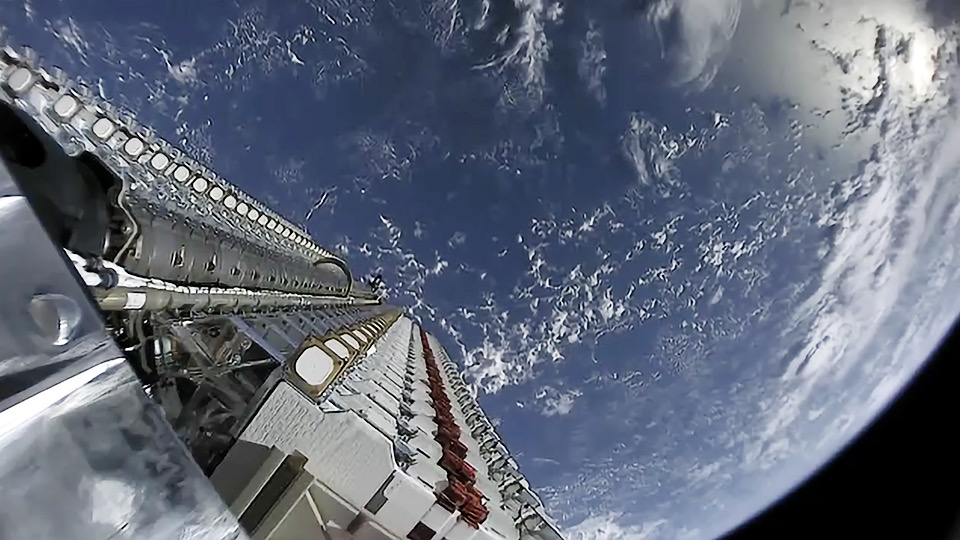
While not a space station, SpaceX’s Starlink satellite network could form the backbone of future space infrastructure. With thousands of interconnected satellites, Starlink provides reliable global internet, essential for communication in deep space. This connectivity will support future space stations, exploration missions, and Martian colonies by ensuring real-time communication. The scalability of Starlink, designed by Elon Musk’s team, is a key enabler for human expansion beyond Earth.
Bishop Airlock by Nanoracks
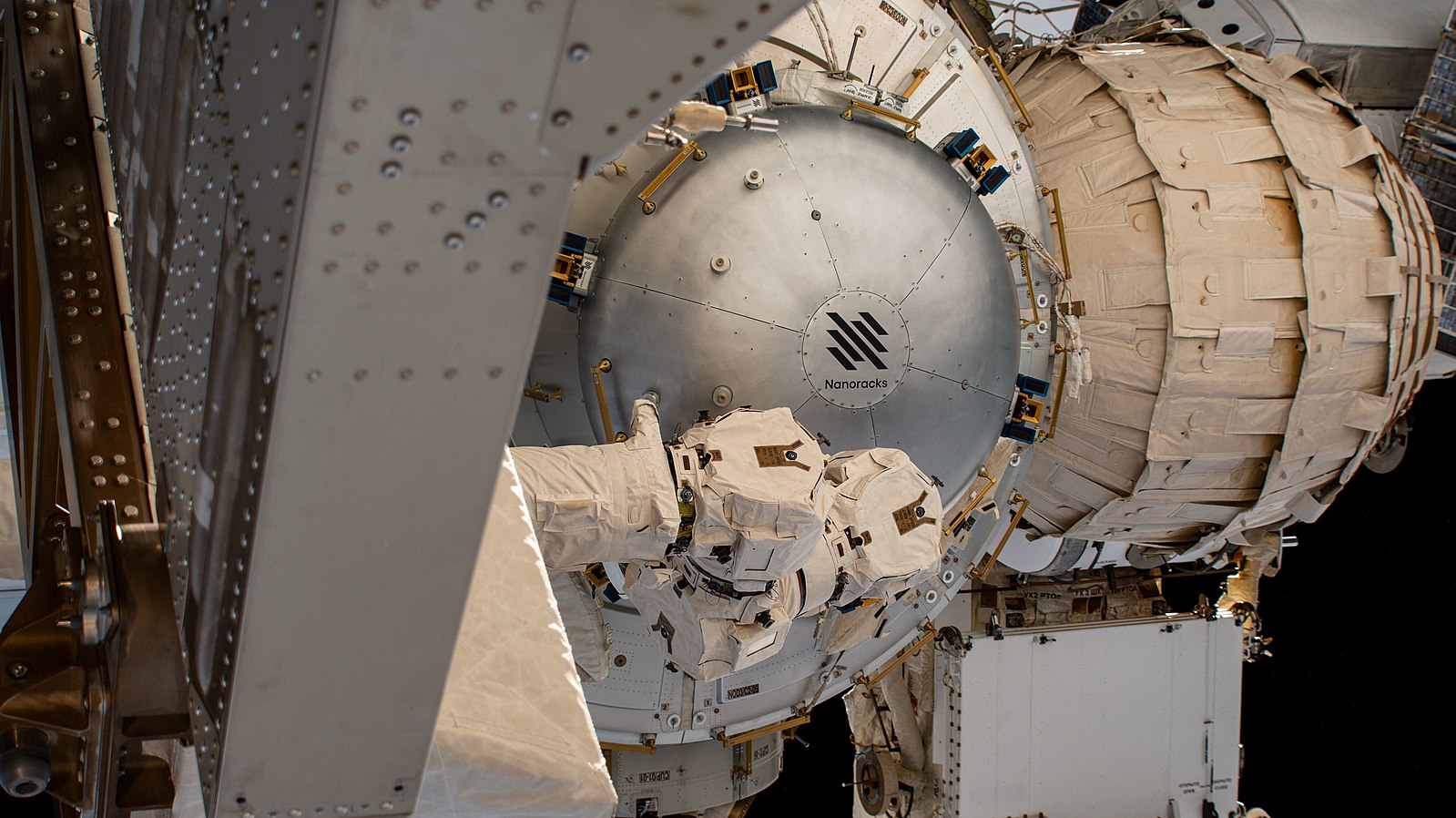
Launched in 2020 and attached to the ISS, Nanoracks’ Bishop Airlock is the first privately funded airlock in space. It enables the deployment of satellites, scientific payloads, and external experiments in a more efficient way than previous airlocks. This innovation could play a critical role in future commercial space stations, providing an affordable and scalable method for accessing and deploying experiments in orbit. Bishop Airlock signifies the increasing role of private enterprise in shaping orbital operations.
Roscosmos Orbital Station (ROSS)

Russia’s proposed Roscosmos Orbital Station (ROSS) is a planned replacement for the aging ISS. Expected to be launched in the late 2020s, ROSS will support long-term human habitation and advanced scientific research. Unlike its predecessors, ROSS will focus on autonomous operations and artificial intelligence to assist cosmonauts in carrying out their missions. It marks a new era in Russia’s space exploration strategy, potentially leading the next phase of manned space exploration independent of international cooperation.
Lunar Orbital Platform-Gateway
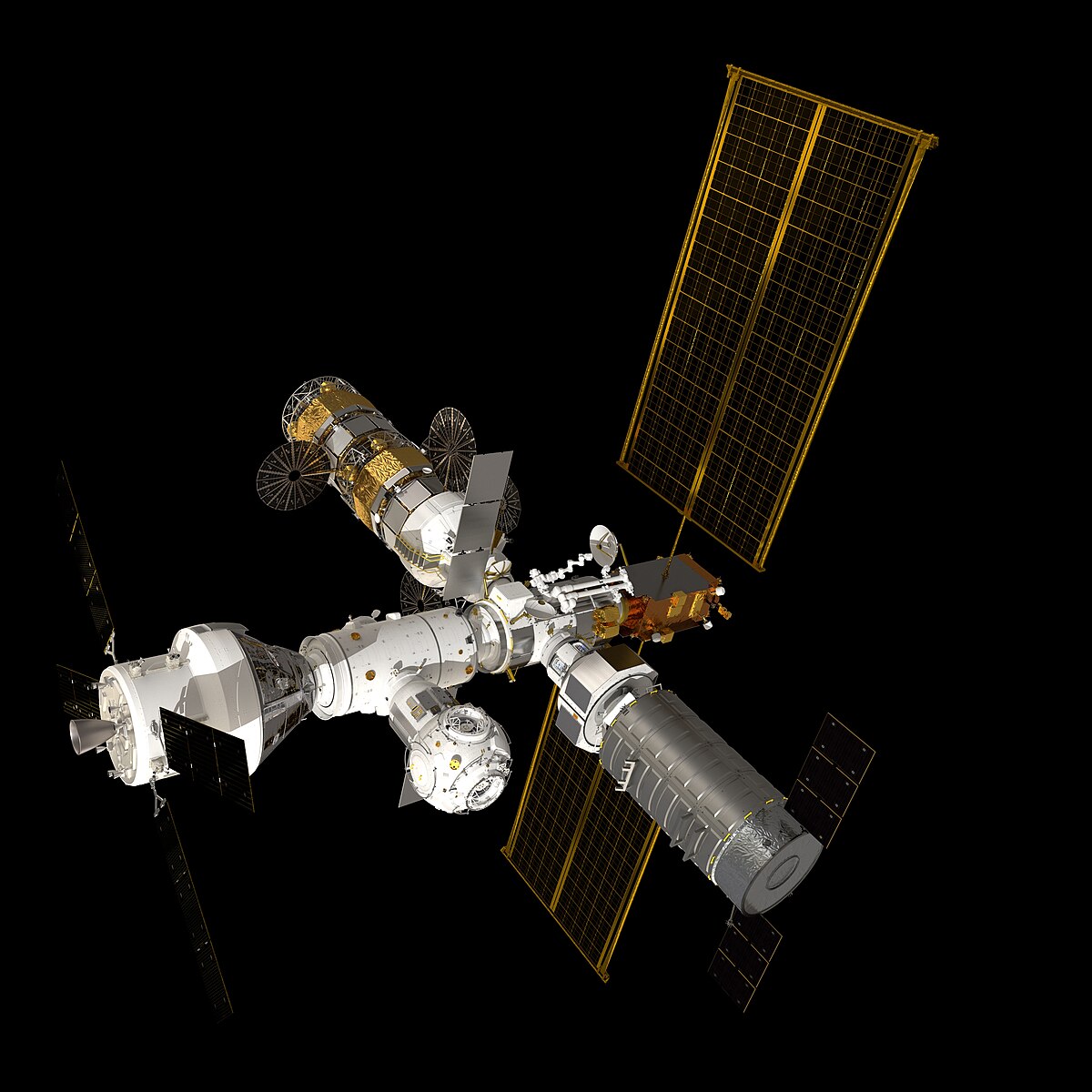
NASA and ESA’s Lunar Orbital Platform-Gateway is set to serve as a multi-purpose outpost orbiting the Moon by the mid-2020s. It will facilitate crewed missions to the Moon, Mars, and beyond by serving as a staging point for landers and deep-space missions. Its modular design allows flexibility in expansion and functions as a research lab, habitat, and rendezvous point. It represents the future of space stations, focusing on supporting deep space exploration and planetary science.
The Russian Almaz Military Space Station

Launched in the 1970s by the Soviet Union, the Almaz stations were military space stations disguised as civilian missions. They featured advanced reconnaissance and surveillance capabilities, and in some cases, even weapons for defense. Though short-lived, Almaz was revolutionary for blending military strategy with space exploration, influencing later dual-purpose space technologies. This secretive program played a crucial role in the early development of military space operations, an area that continues to evolve today.
Deep Space Gateway

A concept by NASA, the Deep Space Gateway (DSG) is a proposed space station that would orbit the Moon. This gateway could serve as a staging area for missions to the lunar surface and even Mars, facilitating longer stays in deep space. By extending human presence further than low-Earth orbit, DSG could act as a testbed for life support systems and advanced propulsion technologies needed for deep-space exploration. DSG marks a crucial shift toward long-term space habitation beyond Earth’s proximity.
Mars Transit Habitat

NASA’s Mars Transit Habitat is a concept for an interplanetary transport vehicle designed to carry astronauts to Mars. The habitat will be a self-sustained space station capable of supporting humans for extended periods during the journey. It will feature radiation protection, life support systems, and artificial gravity to combat the challenges of long-duration space travel. Set to play a crucial role in NASA’s future Mars missions, it will enable humanity’s first manned missions to the Red Planet. If successful, it could redefine how we approach space travel by making interplanetary missions more feasible.
This article originally appeared on MyCarMakesNoise.
More from MyCarMakesNoise
20 Cars That Don’t Deliver Good Value for the Middle-Class Buyers

When choosing a car, it’s important to consider the long-term costs and practicality. Some vehicles, despite their appeal, can be expensive to maintain and own. Here are some cars the middle class should avoid due to high maintenance costs, poor fuel efficiency, and rapid depreciation. Read More.
20 Japanese SUVs Known for Their Off-Road Capabilities

From compact models to full-sized beasts, these SUVs are built to tackle challenging environments while still offering comfort and practicality. Here’s a look at 20 Japanese SUVs known for their off-road prowess. Read More.
17 Best Tech Upgrades for Modernizing Your Classic Car

From improved safety features to modern conveniences, there are plenty of ways to bring your vintage vehicle into the 21st century. Here are the best tech upgrades to modernize your classic car while keeping its timeless appeal intact. Read More.




